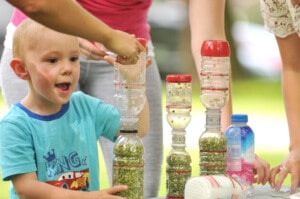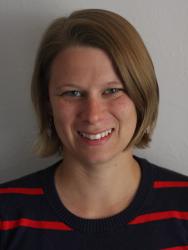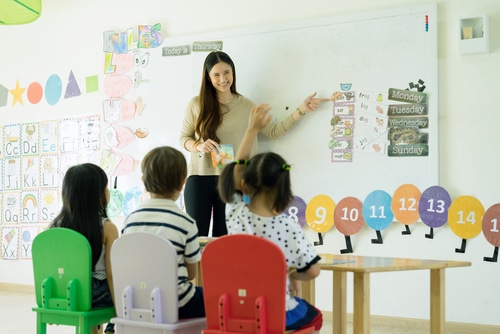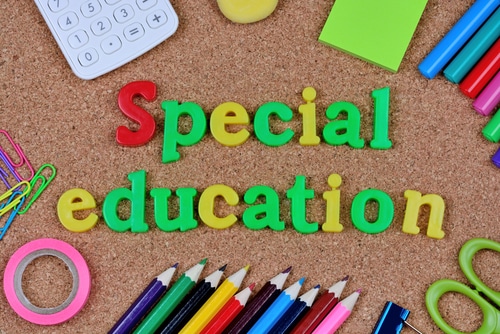I’m probably biased, but early childhood education is SO much fun! Want to know more? Here’s your crash course on what you need to know about teaching preschool, pre-k, or kindergarten.
Why is Early Childhood Education Important?
I’ll try not to stay on my soapbox too long, but basically, investing in early childhood pays off! High quality (not all programs are high quality, it’s important to note) preschool programs help kids for their whole lives — from K-12 test scores to adult earnings to health outcomes. That’s pretty cool.
Early Childhood Licensure
Technically, “early childhood” is anything from birth to age 8. Depending on your state, teachers for kindergarten, first, and second grade may need an elementary licensure or may need an early childhood education licensure, or your state may accept either type of licensure. For teaching younger ages, pre-kindergarten and below, the requirements for licensure are usually more lax. Depending on your state, you may just need to take certain courses or have a certain amount of experience.
Early Childhood Settings
Settings for early childhood care are a little more diverse than school-age settings. Of course, for kindergarten through 2nd grade, that will look the same as the other school-age options in your area (public schools, charter schools, and private schools, for instance). Some states have public pre-kindergarten, but it usually isn’t mandatory like elementary school.
In younger years and for states without public pre-k, or for families who choose a different path, there are a ton of different options. The biggest distinction is daycare versus preschool. The difference here usually depends on the focus the program places on learning and structured time. Daycare is less expensive, but often the student teacher ratios are not as good and the daycare workers may not have as much formal education. Preschool will likely cost more money, but in exchange, there is usually more focus on education and social skills and more highly-trained staff. This is a generalization, though; there are certainly exceptions! There are also lots of early childhood programs at churches or in people’s homes.
Head Start and Early Head Start is another type of early childhood program, providing high-quality early childhood education in centers nationwide. It is federally funded and open to children of families whose incomes fall below the poverty line.
Play in Early Childhood Education

Young children learn best through play. That means that as an early childhood educator, we can watch them discover and learn so much just while they play dress-up! It’s such a fun job to bring new learning to kids in the form of play (like, “What happens if we pour water through this funnel?”), and watch them take it and run. It also means that the ideal early childhood day isn’t filled with lecture and seat work, but tricycles and blocks. To me, it’s what keeps me excited about teaching. 🙂





Leave a Reply